MOSAiC Leg 3
This year, things seem to happen differently. It is true, globally, for all the changes induced by the corona pandemic. And it was also true for our leg 3 of MOSAiC, where moods of nature and covid-19 created confounding effects…
Before leaving for the field study in January 2020, it was clear that plans would highly likely materialize differently. After all, we were traveling to 88°N in winter! However, nobody was even close to predicting a scenario that would match reality.
First our journey north took much longer than anticipated, needing records to be broken to bring us to Polarstern. Second, the sea ice was so much more dynamic early in the year that conditions did not grant us to build a proper runway for the planned leg 3 / 4 exchange in early April by aircraft.
However, after the initial worry that a runway could not be maintained, we quickly learned that the corona pandemic would not allow for exchange by aircraft in any case. Airports on Svalbard or alternatively Greenland were locked down. Staying longer in the high Arctic soon became the only option. How long, however, and how to carry out the exchange were the new questions to be answered. A number of alternative scenarios were developed that included, amongst other, another icebreaker to travel towards Polarstern and to do the exchange on site. But again, soon it became clear that global restrictions would not permit such a solution. Ultimately, the only remaining option was for Polarstern to leave the central observatory and meet two other German research vessels near Longyearbyen, Svalbard.
That settled, mid-May was determined to be departure time, and taking down equipment from the ice had to start in early May. Each science team came up with a detailed plan what to leave on the ice for the following party and what to remove. Given the previous experiences with the ice dynamics and the fast drift of the floe southwards which might exacerbate movements, the idea was to leave the city infrastructure, meaning tents and huts, but to remove valuable instrumentation which would not operate without power anyway. Many other instruments on the ice not requiring power, such as stakes, or those operated on batteries were also planned to be left.
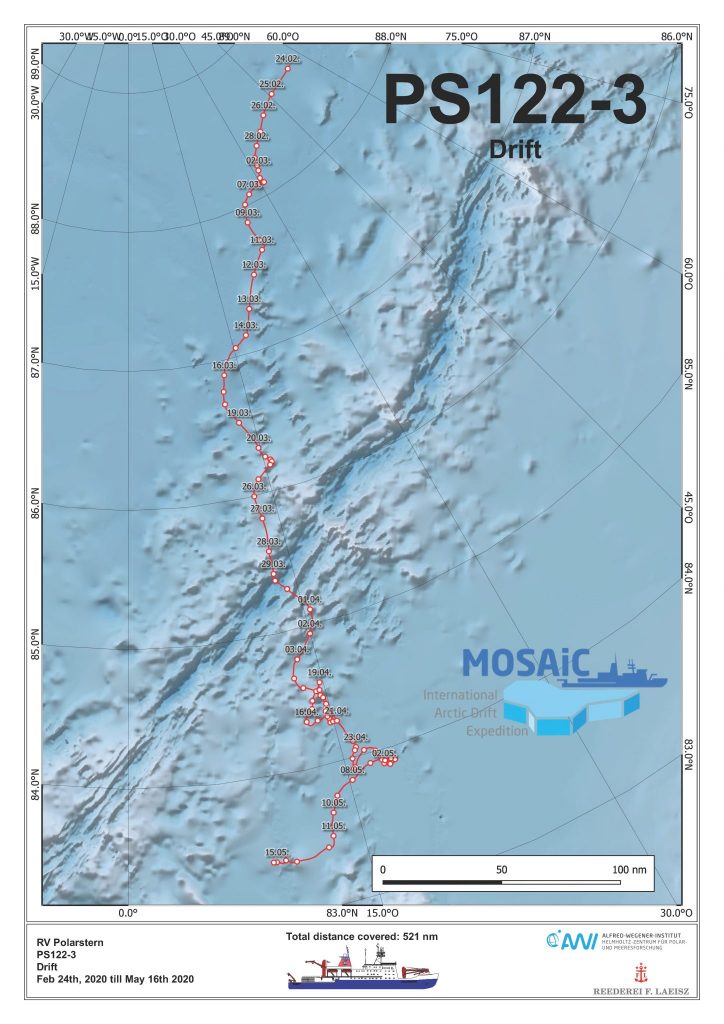
The ATMOS team started on 7 May to remove power intensive equipment from Met-City. Because the previous ice movement precluded driving skidoos from the ship to the measurement site, material had to be moved by helicopter. Luckily, weather conditions were in favor.
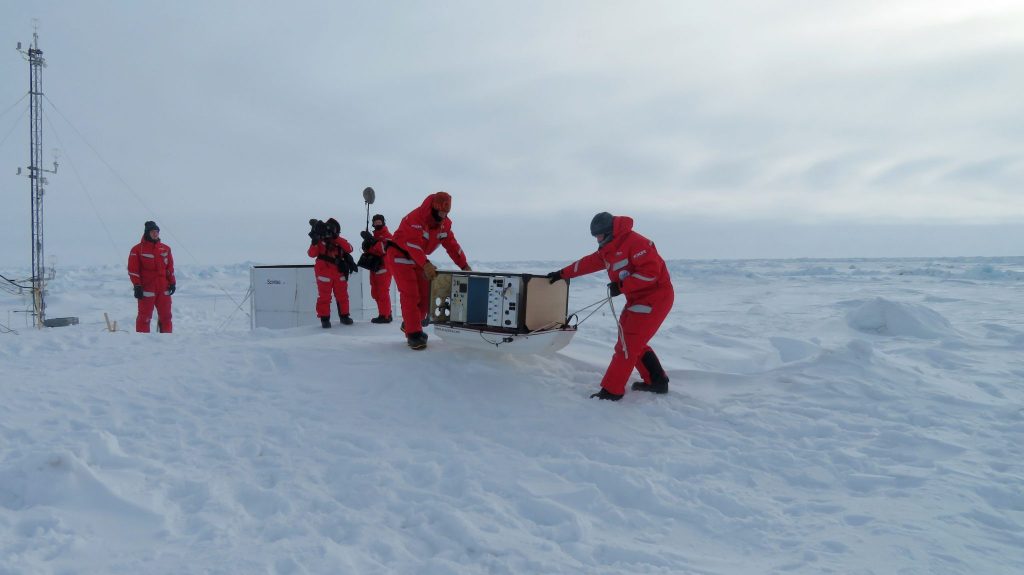
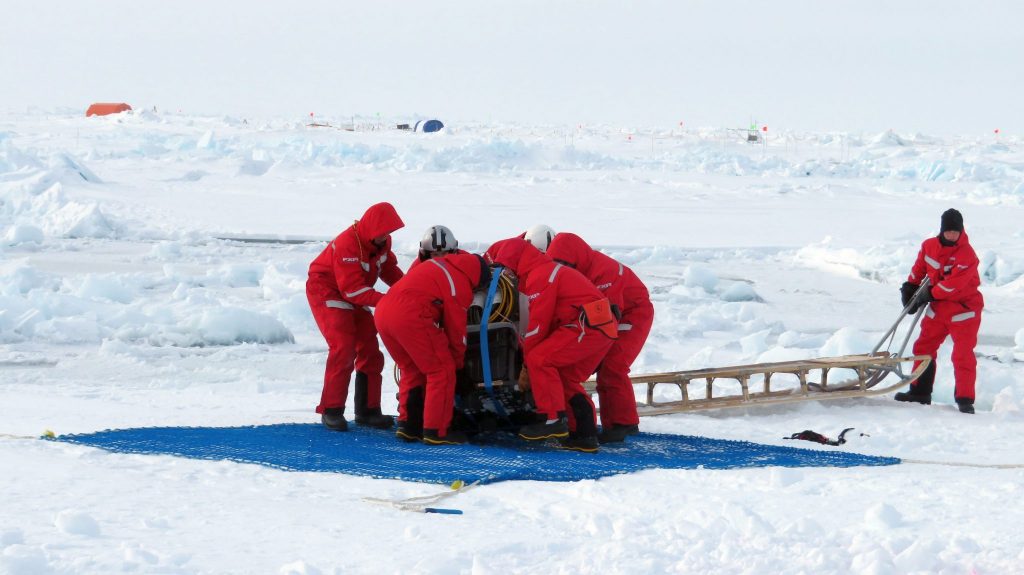
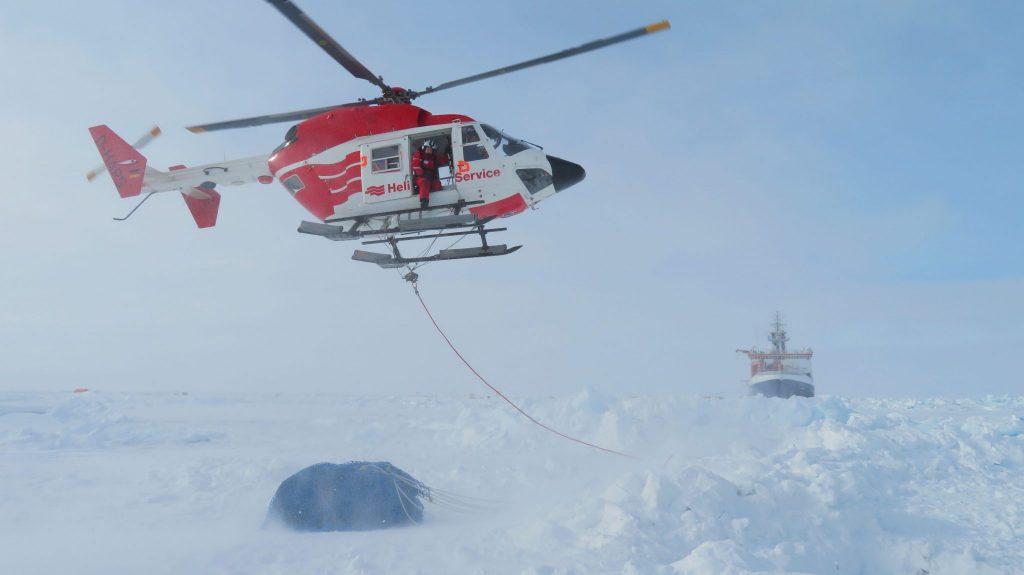
Two days later in the morning all that was planned to be removed had been removed. Another routine trip in the afternoon, however, changed plans completely. While observing the area from the roof of the Met hut, we saw new ridges building, a crack forming right through the remaining installations of Met-City and the hut was shaking slightly. In an ad hoc meeting that evening the team decided to take down the entire city.
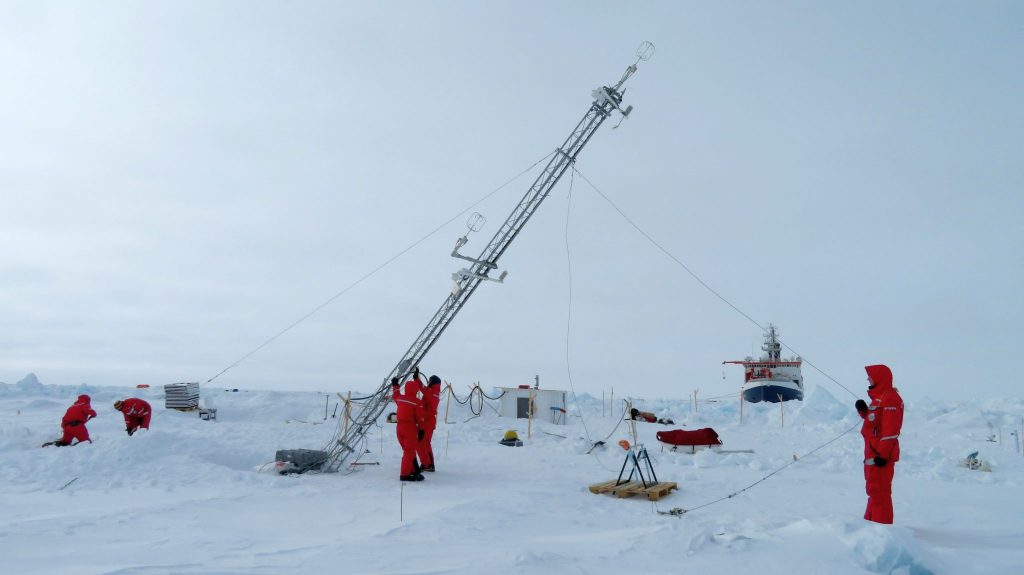
Equipment like the tower were taken down. Unfortunately, weather conditions did not allow for helicopter transport of heave pieces, and were not forecasted to do so in the following days. Just for the final days at the floe, a storm was supposed to visit us. So we had to scout for a skidoo route, which we found despite the poor visibility conditions. It must be said though that without the excellent driving skills of the logistics team, using the long detour from the ship to Met-City across leads and ridges with snowmobiles would not have been possible. And we were successful in retrieving the essential equipment.
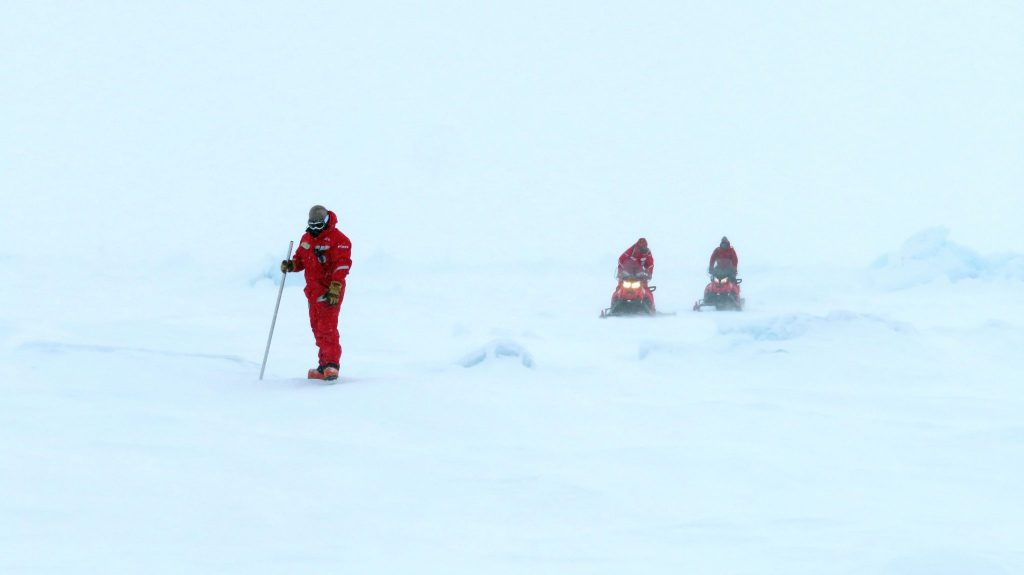
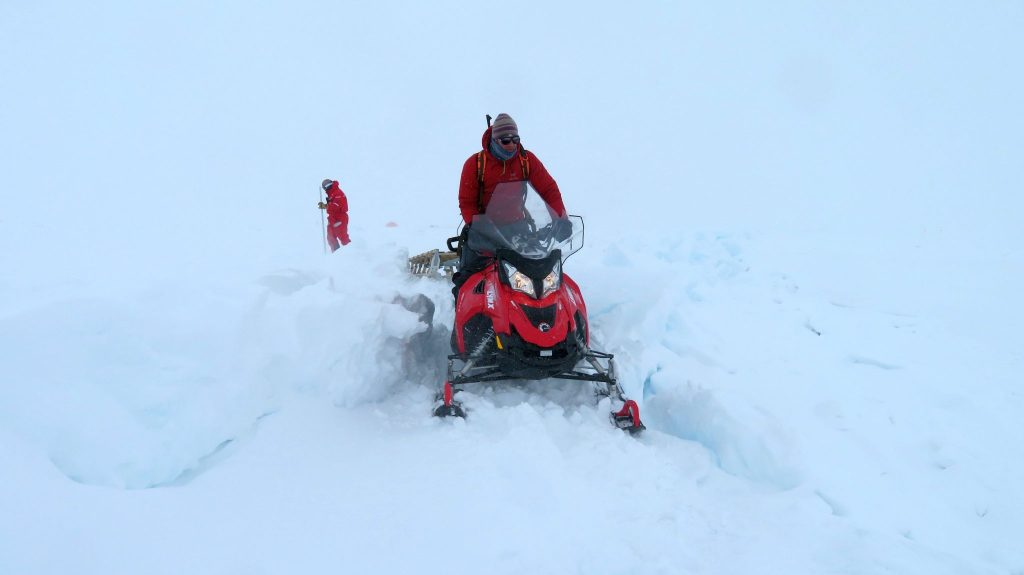
Then the storm came, and again, plans had to be changed. The central observatory was cut into pieces in many places. Leaving huts and tents was not an option anymore. Particularly as the Remote Sensing hut was in a very precarious location and the tent of the remotely operated vehicle had been crushed by ridge, we decided to take down Ocean City and Balloon Town as well.
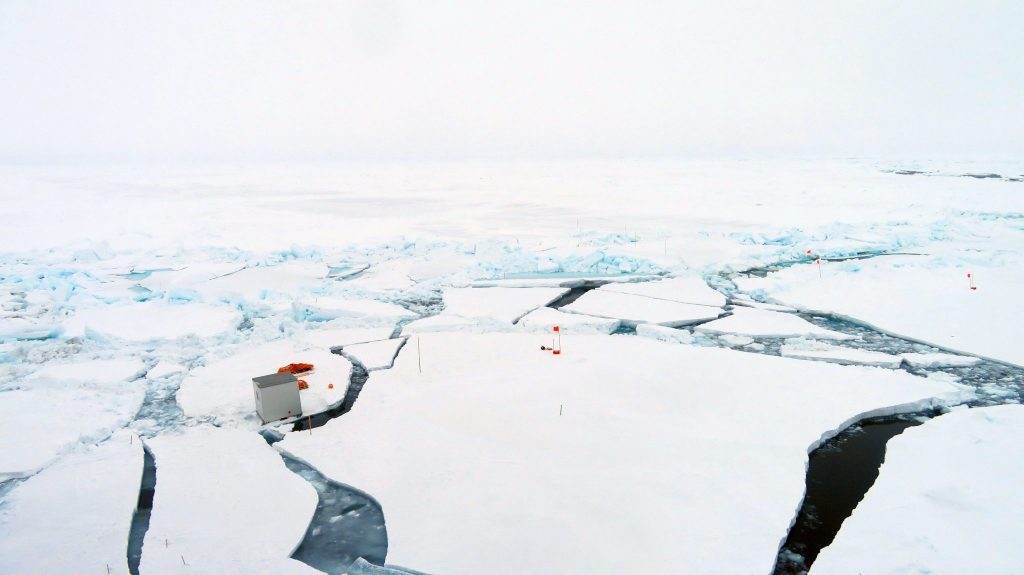
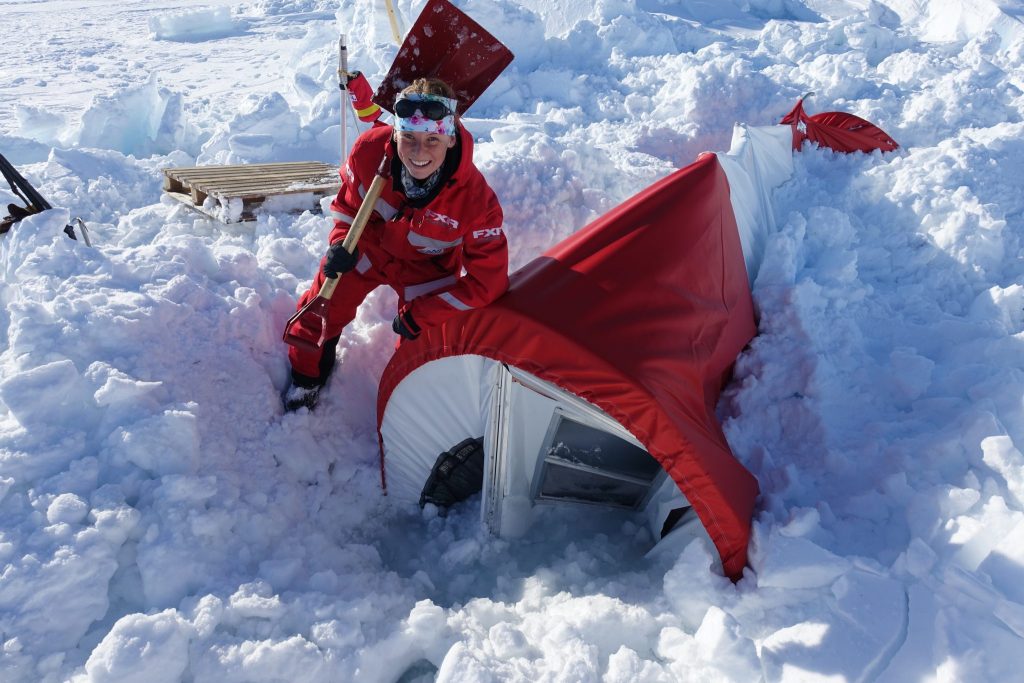
However, because the floe was broken into so many pieces, it was not possible to access all sites from the ship safely. It was decided to move Polarstern between the Remote Sensing hut and Balloon Town / Ocean City so that all sides could be reached from the port or starboard site of the ship. On 15 May, with beautiful weather, all mentioned cities were efficiently brought to the ice.

Now there as only the Met-City hut left. A quick scouting trip in the late afternoon of the 15th revealed that moving the ship out of the ice past Met-City would be worthwhile to retrieve the hut and also two buoys that could then be redeployed in the new Met-City location. While we drew up the plan in the evening how to perform the recovery in detail, the ice had already made a decision for us. A look towards the location after the meeting showed us crushed hut. During another quick trip in the morning of the 16th we could not locate the two buoys anymore, also they had been submerged by the ice.
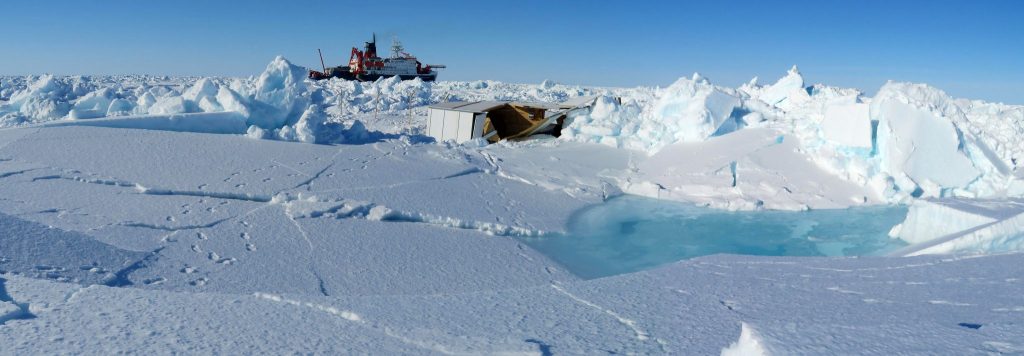
What a turbulent farewell! But in the end, we managed to recover all essential equipment and were able to leave some instrumentation on the ice to record basic atmospheric state parameters including temperature and radiation. In the evening of the 16th, we set sail to meet the leg 4 team in Svalbard.

Julia Schmale is a Professor at EPFL. This field note relates to her participation in leg 3 of the MOSAiC expedition as PI of the project “Measurement-Based Understanding of the aeRosol budget in the high Arctic and its Climate Effects” (MBRACE) co-funded by the Swiss Polar Institute and as leader of the team ATMOS.
Julia Schmale has posted more information on her participation in the MOSAiC expedition on a dedicated blog.
Header photograph: Christian Rohleder
© All rights reserved, Julia Schmale 2025